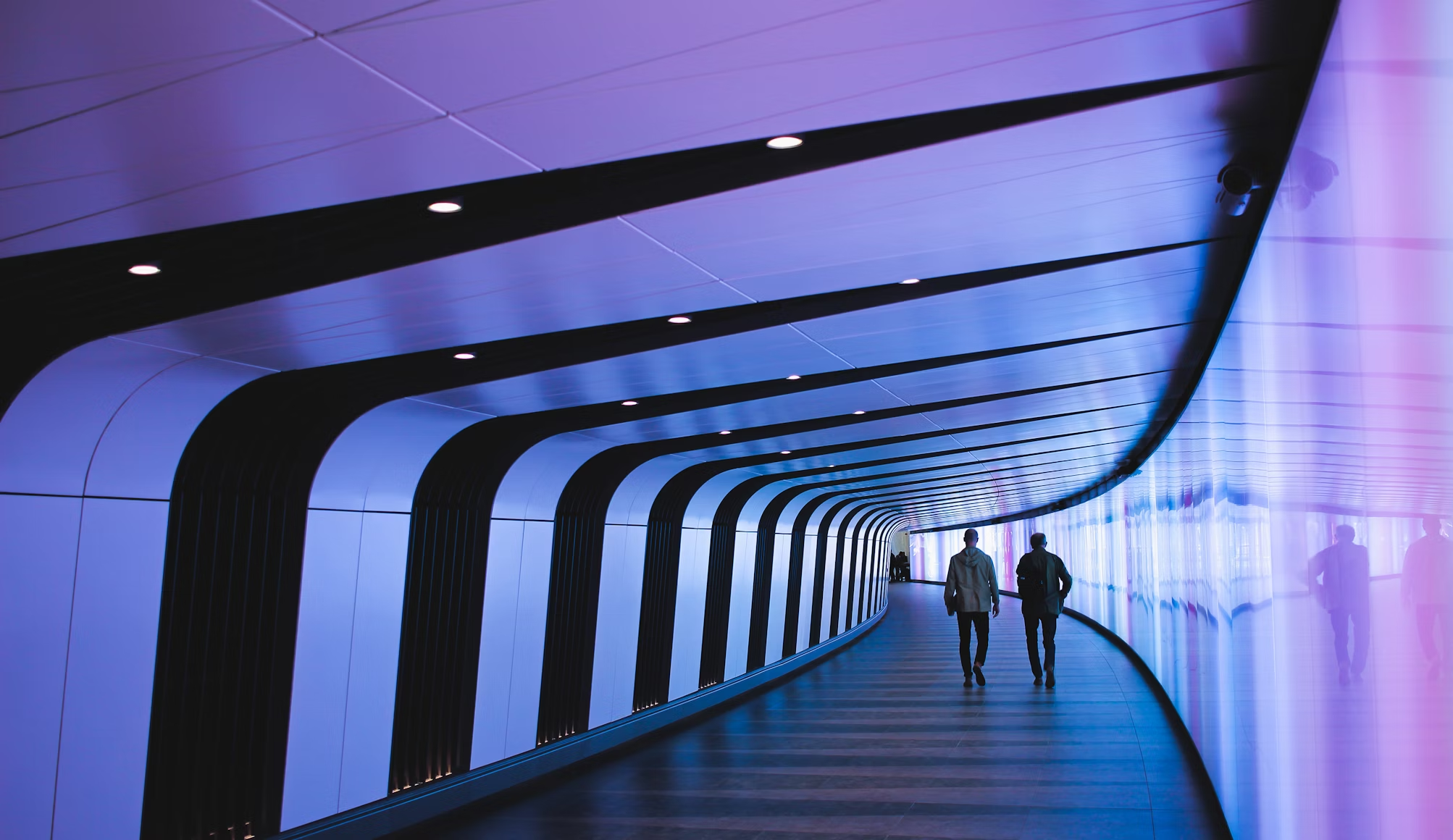
The lounge experience is undergoing a significant transformation as new technologies and trends reshape how we relax, socialize, and unwind. Whether it’s in airports, hotels, restaurants, or even home settings, lounging is no longer just about comfort—it’s becoming a high-tech, immersive experience. From smart technology integration to eco-friendly design, lounges are evolving to meet the needs of modern consumers. In this article, we’ll explore the innovations that are shaping the future of lounging and redefining how we experience these relaxing spaces.
1. Smart Technology for Seamless Experiences
Smart technology is at the forefront of modern lounge design. From voice-activated lighting to app-controlled entertainment systems, the incorporation of smart tech is making lounges more customizable and user-friendly than ever before.
- Personalized Lighting and Climate Control: Imagine entering a lounge where the lighting, temperature, and even seating adjust to your personal preferences based on your past visits. Many high-end lounges are already using smart systems that allow guests to control their environment with a simple tap on a mobile app or via voice command.
- Automated Service and AI Integration: In some lounges, artificial intelligence (AI) is being used to enhance guest experiences. AI-powered service bots can take orders, deliver food and drinks, or provide travel updates in airport lounges, all while creating a seamless interaction. This automation not only speeds up service but also provides a futuristic experience for guests.
2. Eco-Friendly and Sustainable Designs
Sustainability is becoming a core value in lounge design. As consumers become more environmentally conscious, there is an increasing demand for eco-friendly lounges that reduce waste and promote sustainability.
- Sustainable Materials: The future of lounging includes a shift toward using recycled, reclaimed, and renewable materials in furniture and decor. Lounge designers are turning to eco-friendly materials like bamboo, reclaimed wood, and recycled textiles to minimize environmental impact while still creating luxurious spaces.
- Energy Efficiency: Lounges are also incorporating energy-efficient solutions, such as LED lighting, smart climate control systems, and energy-saving appliances, to reduce their carbon footprint. Some lounges are even powered by renewable energy sources like solar or wind power, further enhancing their sustainability efforts.
3. Health and Wellness Integration
As the wellness trend continues to grow, more lounges are incorporating health-focused features designed to enhance both physical and mental well-being.
- Wellness Zones: In the future, we can expect to see more lounges with dedicated wellness areas that offer meditation rooms, yoga spaces, or even small gyms. These areas provide a quiet retreat for relaxation and self-care, allowing guests to recharge both physically and mentally during their visit.
- Air Quality and Purification: Clean air is becoming a priority in lounge design. Some spaces now feature air purification systems that monitor and improve air quality in real-time, ensuring that guests are breathing in fresh, clean air. This is especially important in urban environments or airport lounges, where air quality may be compromised.
4. Virtual Reality and Augmented Reality Experiences
Virtual reality (VR) and augmented reality (AR) are two technologies that are rapidly making their way into lounge spaces, offering immersive experiences that go beyond traditional entertainment.
- VR Lounges: VR technology is transforming the way guests experience lounging. Imagine slipping on a VR headset and instantly being transported to a beach, a mountaintop, or even a futuristic city—all while sitting comfortably in a lounge. VR lounges are becoming a new form of entertainment, offering immersive experiences that allow guests to escape reality for a while.
- AR-Enhanced Environments: Augmented reality is also making waves in lounge design. AR can be used to create interactive environments where guests can access real-time information about the lounge, explore virtual art installations, or play AR-based games—all through their smartphones or AR glasses.
5. Flexible and Modular Lounge Spaces
As the way people work and socialize continues to evolve, so do lounge layouts. The future of lounging includes more flexible, modular designs that can adapt to different needs, from social gatherings to quiet solo workspaces.
- Multi-Functional Furniture: Modular furniture allows lounges to quickly transform from a social gathering space to a quiet, individualized workspace. Seating areas that can be rearranged or partitions that can create private zones make these lounges highly versatile, catering to both collaborative and private experiences.
- Pop-Up Lounges: In some industries, pop-up lounges are gaining popularity. These temporary lounges can be set up at events, trade shows, or even in outdoor spaces, offering a unique, short-term lounging experience. Designed to be easily transportable and quick to assemble, pop-up lounges provide comfort and convenience on the go.
6. Experiential Design and Customization
One of the most significant trends shaping the future of lounging is experiential design. Consumers today seek more than just a place to sit—they want immersive, unique experiences tailored to their preferences.
- Themed Lounges: Themed lounges are becoming a popular way to offer guests a distinctive experience. Whether it’s a tropical-themed rooftop lounge or a retro-style bar, these spaces create a memorable environment that goes beyond just decor. Lounges that tell a story or provide a fully immersive environment are gaining traction as they offer something different from the standard.
- Personalization: Technology is also allowing for more personalized lounge experiences. Some lounges track guest preferences—such as favorite drinks, seating areas, or ambient music—and tailor the experience to each visitor’s tastes. This level of customization creates a feeling of exclusivity and ensures that each guest feels valued.
Conclusion
The future of lounging is all about creating more connected, sustainable, and personalized experiences. With smart technology, wellness integration, immersive environments, and flexible designs, lounges are evolving into spaces that cater to the needs and desires of modern consumers. Whether you’re seeking relaxation, productivity, or entertainment, these innovations are set to redefine how we experience lounging in the years to come.




